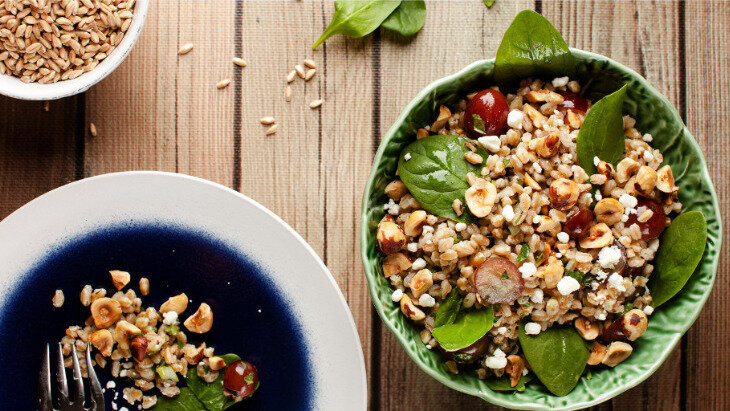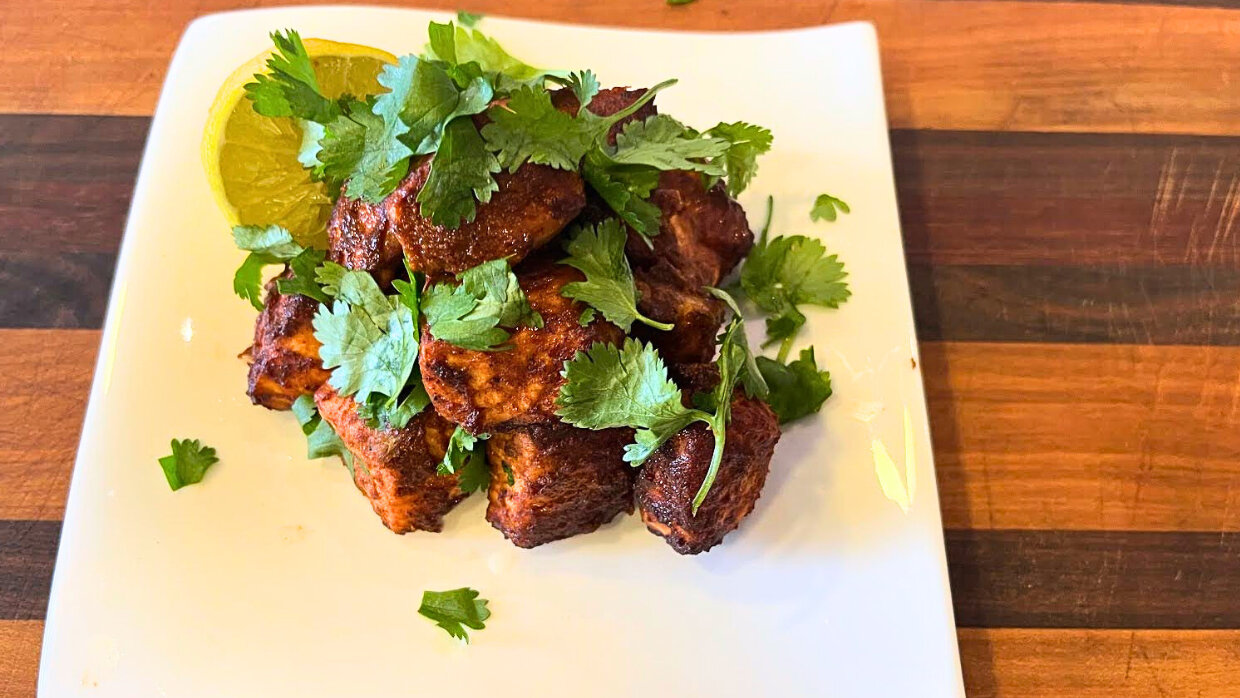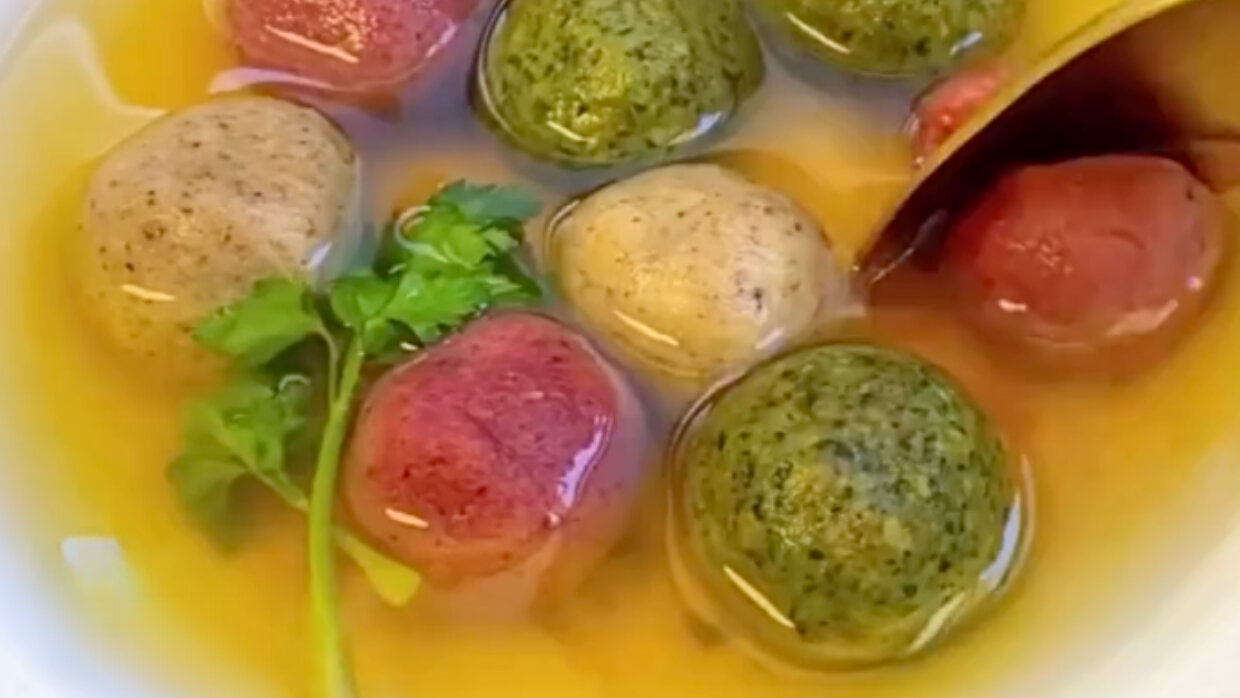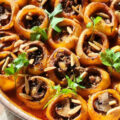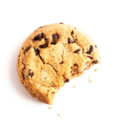Glamorous glossy food shots are what draw us into cookbooks these days. Together with a nice package of alluring recipes and some punchy quips and tips, we hope for smashing results...how hard could it be to write one?!
Or so I thought when I first began conceptualizing and working on my debut cookbook, The Giving Table. As a long-time cooking instructor, my hope was that this would be more than just a bunch of tasty recipes. I dreamt of something more comprehensive, a companion that would hold the hands of Jewish home cooks stuck in the mire of channeling their inner-Bubby. I wanted to write a book that would express not just what, but WHY we cook…a guide to how to give through our cooking.

With so much altruistic vision pent up, it is easy to live in your own head, alone with your ideas. One of the hardest lessons for me in this process was learning when to hold strong to that vision… and when to let go. When you think of a Jewish cookbook, it conjures images of overflowing bowls of matzo ball soup or platterfuls of latkes (and yes, I got that covered, too!), but I wanted to go deeper into the roots of how and when Jewish cooking means the most. A shiva house (house of mourning). Friday night dinner. Giving food to those who need. Why is it that Jewish traditions are so food-centric? Why do we sanctify important moments with food? I insisted that these ideas needed to be threaded throughout the book to create a flow (indeed, these segments are found in between each chapter). I felt strongly enough that I was willing to wait for a publisher who shared my vision.
As I got knee-deep in the process of recipe development, writing, and photoshoots, each day presented opportunities to hear other people’s ideas and to figure out when to let go. One of my favorite images in the book was shot when I was out-voted, took a step back and let my photographer and stylist do their jobs. A recipe tester’s critical feedback could question the integrity of a recipe…but if I listened closely, that same feedback would also enable me to make it so much better. And finally, when a colleague returns your essay with more redlines than black, that is an invitation to accept critique with humility or to defensively dig your heels in (and no, the latter will not engender better writing!).
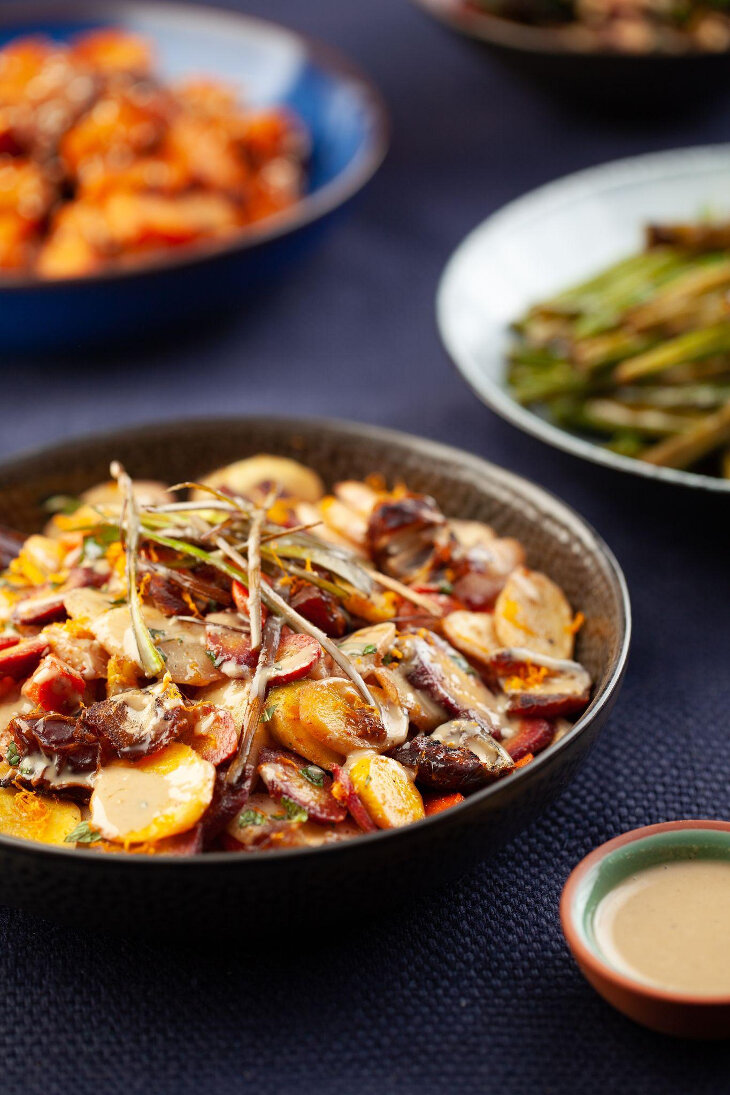
Each day presented a thousand micro-decisions:
“I have four recipes that involve cherries and chocolate…which one gets cut?”
“Will readers make (and know how to carve) a whole roasted turkey?”
“How do we fit more info into the layout without taxing the reader’s eye?”
With each decision made, I got closer to the semblance of a book taking shape. With each passing day, week and month, I had to remind myself that this was not a sprint, but a test of endurance and grit. When the pressure of deadlines loomed heavy, would I settle for a recipe that was “not so bad” or push hard and test again until it was spot on? And when no one in my family cared to eat it yet again, would I retest it anyway!? Getting it right demanded diligence, patience and a whole lot of calorie consumption (no one ever said recipe development was dietetic!).
Amidst all this, there were also moments that test your sense of humor, unexpected situations where you can either laugh or cry. The day before one photoshoot, I had prepared a perfect cheesecake for the shoot. As I was carefully removing the pan from the water bath it had baked in, the buckle on the springform malfunctioned, busting open. Until that moment, I had never proven the aerodynamic qualities of a flying cheesecake, but apparently, they can flip quite fast. Before I knew what had happened, I was staring at the cake falling through the grates of my sink rack, utterly and completely destroyed. As I stood there with my mouth agape, my son walked over, looked in the sink, and yelled “wait! Let me grab a fork!”. He reminded me how to laugh when things didn’t go my way.
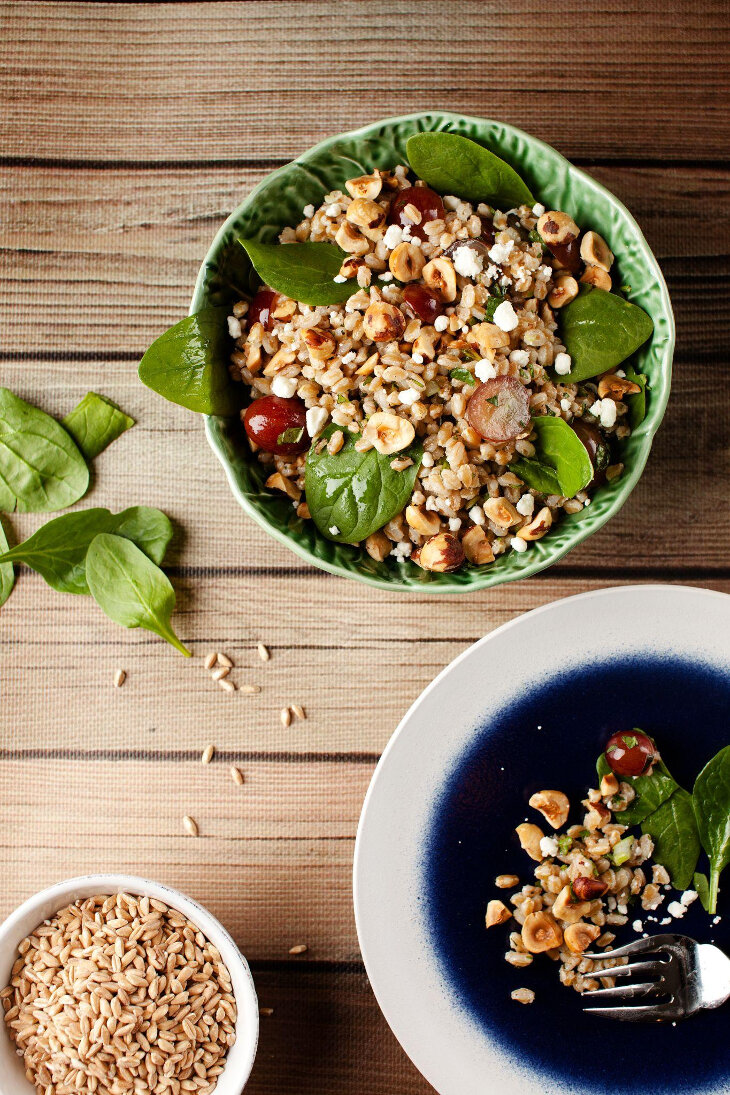
Hearing outside feedback and ideas impacted the book in many ways. “It would be great if you had QR codes for videos of some of the harder skills in the book,” my family suggested. I was very close to dismissing the idea since I am no techie. But really, what would I have given to have had that feature when I first started learning how to cook?! Into the book they went, along with step-by-step photos to make it easier for visual learners like myself. Learning to listen to other people changed the trajectory of this project. (But also, in every other endeavor you work on, too.)
As the book developed, I still felt something was missing. A story. The story of the power of giving through our cooking. “It’s a cookbook, not a novel”, they said. But, I argued, I want it to be a compelling read like a novel…a reason to feel good and build confidence about the time we spend in the kitchen. Still, it was not until I began talking and listening to others that I found a common thread in people’s experiences which resonated within me. Whether it was a chance meeting with a neighbor at the grocery, meeting a friend for coffee, or consulting with colleagues, the conversations started to spur exploration and leads. I delved, searching for anecdotes, community stories, and Biblical sources which helped my content take shape. Gourmet or simple, fancy or common fare, creating and sharing food seemed to fuel the desire to give; receiving and enjoying shared food engendered feelings of connection and love that helped facilitate relationships.
Even now, when I speak with people, I have become more sensitive to seeing how the need to give through food binds us. An older recent widow sitting next to me at a dinner event made polite conversation, and it quickly veered to cooking. “I used to love to make dinner when my kids were young,” she reminisced. Then her eyes grew sad and her voice faltered. “But now, it’s just me and I don’t seem to be in the mood”. What she meant was clear: for her, cooking was her avenue to give, connect and to nourish. Take that away, and she lost all interest. For this lady, it wasn’t actually about a specific dish she used to make; for her it was about people. Isn’t that the underlying drive behind so many activities in our lives?
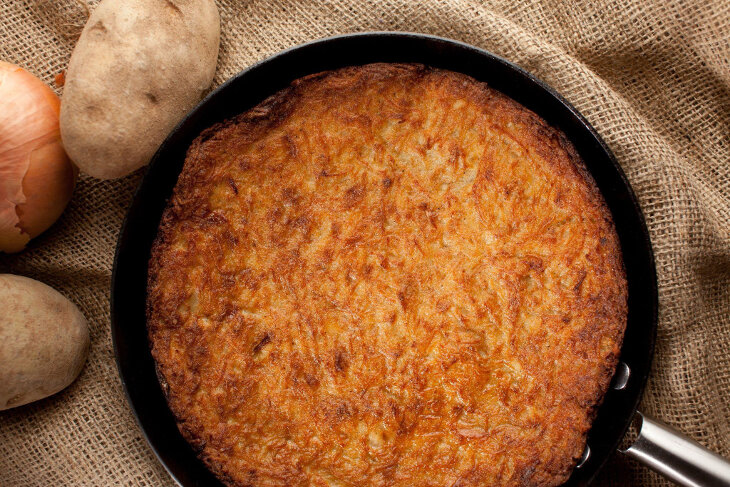
Being a listener and a participant in that narrative was both emboldening and humbling. When the publisher handed over the first copy, they might as well have said “congratulations! It’s a baby cookbook!” Just like having a baby, a new entity comes into existence…and no back-sees. Whether it’s the birth of a baby, a cookbook, or seeing any personal goal come to fruition, ride the waves of commitment and faith – they’ll carry you to the other side.
Try a few recipes from my book then go get your copy of The Giving Table.
Rainbow Carrots with Charred Dates and Tahini
Skillet Potato Kugel
Wheat Berry Salad with Grapes and Hazelnuts




